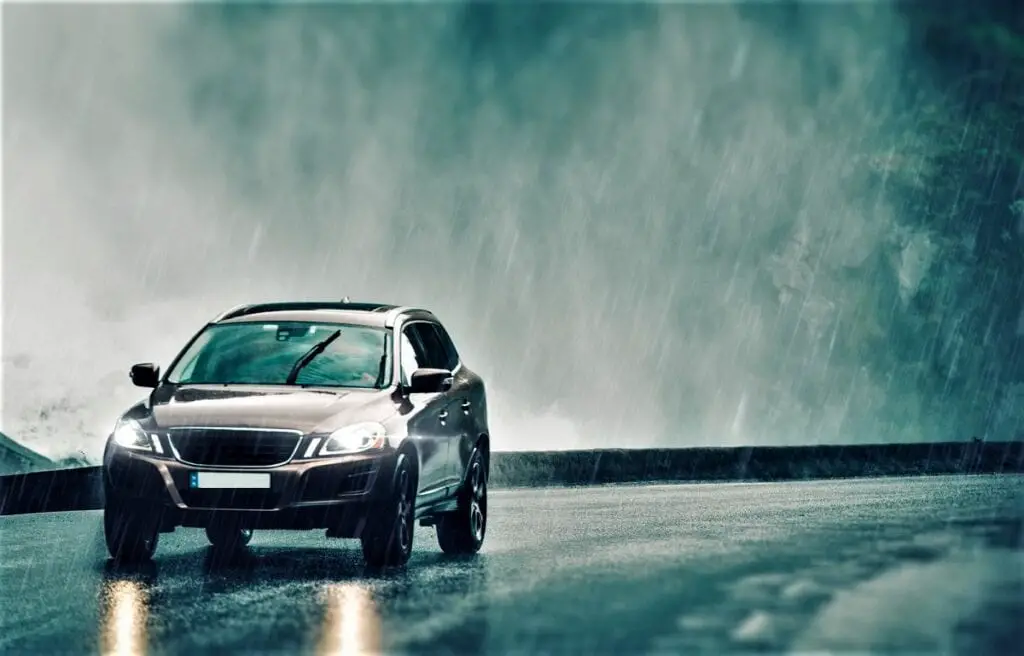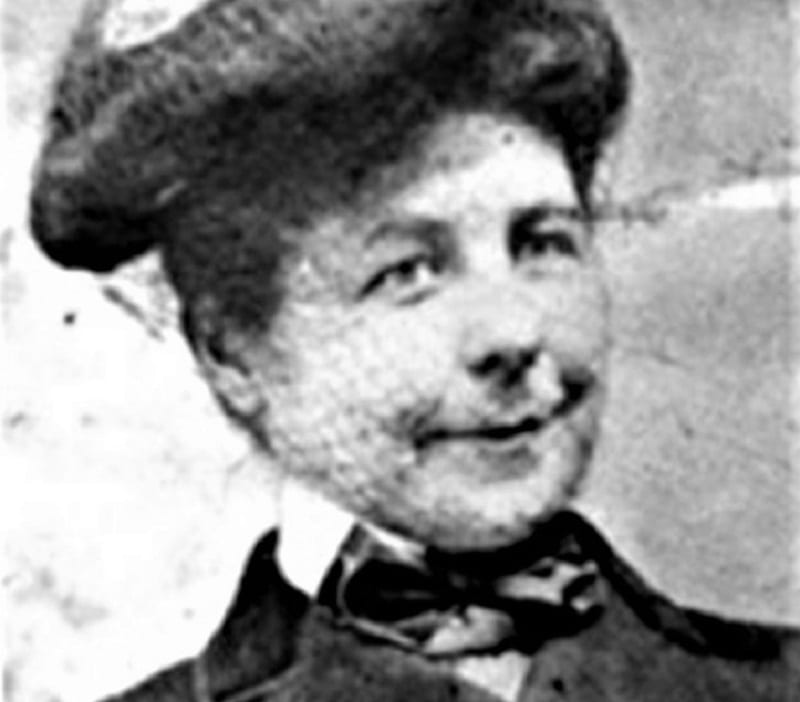There was a time when driving a car in the pouring rain was like performing a circus stunt. You had to stick your head out the window to see the road ahead. That wasn’t exactly safe.
The other option was to fold down the windscreen. This meant letting the rain and the cold, wet air into the cabin. This could not have been a pleasant experience.
If you drive, you don’t have to do either of those things anymore, thanks to Mary Anderson.
Contents
An Idea Takes Root
Anderson was a real estate developer, rancher, and heiress to a small fortune. She’d been born to a well-to-do family in Greene County, Alabama.
Her business interests took her all over the United States. And a visit to New York City on a snowy day in 1903 proved to be especially fateful.
In New York, Anderson observed a trolley car driver struggling to keep the windscreen clear in bad weather. Unable to see, the driver opened the window and used his hands to clear the rain off the windshield.
Anderson saw an opportunity and set her mind to work. The solution, according to her, was a windshield wiper blade the driver could operate inside the trolley car.
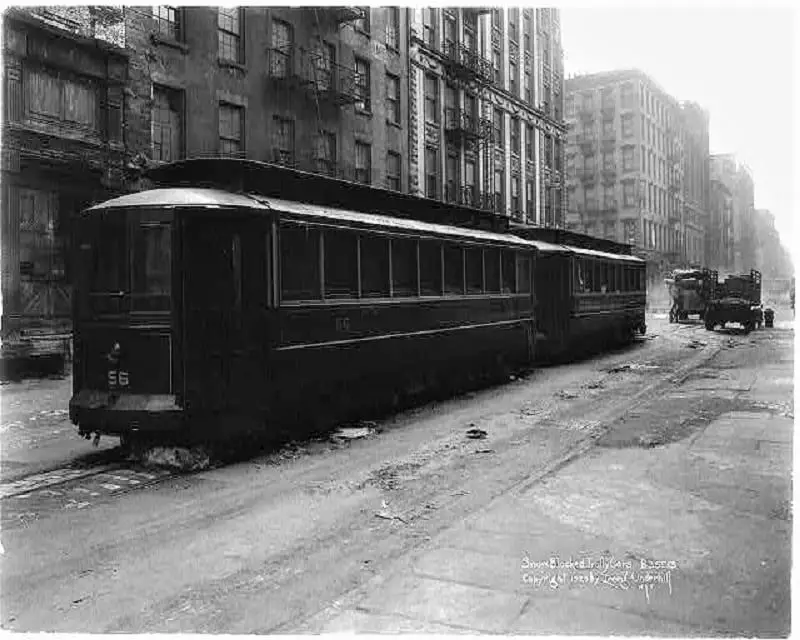
The “Window Cleaning Device”
Returning home to Alabama, Anderson hired an industrial designer to work on her device. She also hired a local manufacturing company to produce a working model.
Her idea called for a rubber blade mounted outside on the windscreen. The driver could move the blade from within the cabin with a lever.
Sounds simple enough. But Anderson further refined the concept to include a spring-loaded arm that moved back and forth across the windshield.
Counterweights mounted on the blade would ensure contact between the rubber and the windshield throughout the device’s operation.
Anderson applied for a patent for her invention later that year. On 10 November 1903, the U.S Patent Office granted her ‘Window Cleaning Device’ patent number 748,801. The patent was good for 17 years.
“No commercial value …”
Sadly, Anderson’s idea was a little too far ahead of its time. So far ahead, in fact, that the then-fledgling car industry failed to see its worth.
Anderson tried to sell the rights to a Canadian manufacturing company. The company could then manufacture the device and market it to the automotive industry, she suggested. But they rejected her overtures.
The company’s rejection letter read:
Dear madam,
We beg to acknowledge receipt of your recent [favour] with reference to the sale of your patent. In reply, we regret to state we do not consider it to be of such commercial value as would warrant our undertaking its sale…
The company also argued that the operation and movement of the wiper blade would be too distracting. Company executives simply couldn’t imagine how someone driving a motor car could also operate a window cleaning device.
Anderson’s patent expired in 1920. Perhaps disillusioned with the car industry’s lack of foresight, she did not apply for a renewal.
That was a telling decision. By 1920 the automotive industry was in full swing, but cars still did not feature windscreen wipers.
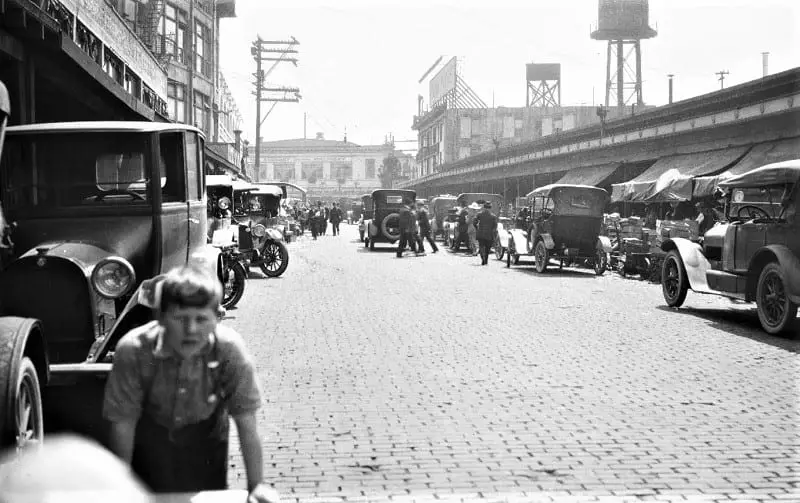
Look at that Cadillac!
But that all changed in 1922. That year, Cadillac became the first car company ever to offer windscreen wipers as standard fit on their cars.
Anderson never made a cent from her ground-breaking invention. Her patent had expired two years earlier.
It was another woman, Charlotte Bridgwood, who refined Anderson’s original idea, inventing the first automatic windscreen wiper in 1913.
But, like Anderson, Bridgwood did not receive the recognition she deserved for her contribution to the automotive industry.
By the time Anderson passed away in 1953, her invention had become ubiquitous on modern cars. She died quietly in her summer home in Monteagle, Tennessee.
Not a single representative from the world’s automobile industry attended her funeral.
It was not until 2011 that the world finally acknowledged Anderson’s contribution to modern automotive safety. That year, Anderson was finally inducted into the International Inventors Hall of Fame.
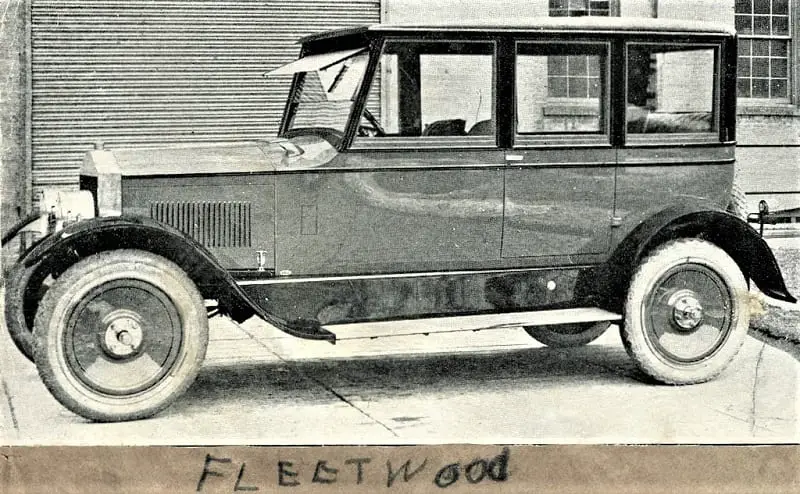
“Girls Just Want to Have Sums”
But Anderson’s greatest honor probably came in an episode of The Simpsons entitled, “Girls Just Want to Have Sums.” The episode first aired on April 30, 2006.
In the episode, Marge Simpson recognizes Anderson’s achievement in an exchange with her husband, Homer. Their exchange cleverly encapsulates how people viewed women inventors in the early days of the automotive industry.
Marge: “Well, a woman also invented the windshield wiper!”
Homer: “Which goes great with another male invention, the car!”
Perhaps someone should tell Homer about Bertha Benz’s contribution to the invention of the first motor car. D’oh!

